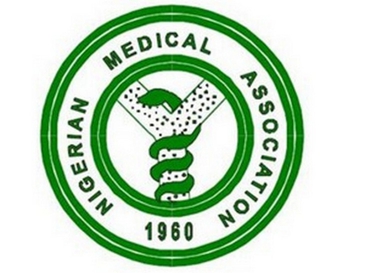
| Case Report Online Published: 12 Feb 2023 | ||||||||||||
crjmed. 2017; 1(2): 11-13 Genital ulcer disease in a four-year-old child: Diagnostic challenges in a resource-limited setting Eshan B. Henshaw, Olayinka A. Olasode, Imaobong S. Etuk.
| ||||||||||||
| How to Cite this Article |
| Pubmed Style Henshaw EB, Olasode OA, Etuk IS. Genital ulcer disease in a four-year-old child: Diagnostic challenges in a resource-limited setting. crjmed. 2017; 1(2): 11-13. doi:10.5455/CRJMED.143537 Web Style Henshaw EB, Olasode OA, Etuk IS. Genital ulcer disease in a four-year-old child: Diagnostic challenges in a resource-limited setting. https://www.crjmed.com/?mno=143537 [Access: April 04, 2025]. doi:10.5455/CRJMED.143537 AMA (American Medical Association) Style Henshaw EB, Olasode OA, Etuk IS. Genital ulcer disease in a four-year-old child: Diagnostic challenges in a resource-limited setting. crjmed. 2017; 1(2): 11-13. doi:10.5455/CRJMED.143537 Vancouver/ICMJE Style Henshaw EB, Olasode OA, Etuk IS. Genital ulcer disease in a four-year-old child: Diagnostic challenges in a resource-limited setting. crjmed. (2017), [cited April 04, 2025]; 1(2): 11-13. doi:10.5455/CRJMED.143537 Harvard Style Henshaw, E. B., Olasode, . O. A. & Etuk, . I. S. (2017) Genital ulcer disease in a four-year-old child: Diagnostic challenges in a resource-limited setting. crjmed, 1 (2), 11-13. doi:10.5455/CRJMED.143537 Turabian Style Henshaw, Eshan B., Olayinka A. Olasode, and Imaobong S. Etuk. 2017. Genital ulcer disease in a four-year-old child: Diagnostic challenges in a resource-limited setting. Cross River Journal of Medicine, 1 (2), 11-13. doi:10.5455/CRJMED.143537 Chicago Style Henshaw, Eshan B., Olayinka A. Olasode, and Imaobong S. Etuk. "Genital ulcer disease in a four-year-old child: Diagnostic challenges in a resource-limited setting." Cross River Journal of Medicine 1 (2017), 11-13. doi:10.5455/CRJMED.143537 MLA (The Modern Language Association) Style Henshaw, Eshan B., Olayinka A. Olasode, and Imaobong S. Etuk. "Genital ulcer disease in a four-year-old child: Diagnostic challenges in a resource-limited setting." Cross River Journal of Medicine 1.2 (2017), 11-13. Print. doi:10.5455/CRJMED.143537 APA (American Psychological Association) Style Henshaw, E. B., Olasode, . O. A. & Etuk, . I. S. (2017) Genital ulcer disease in a four-year-old child: Diagnostic challenges in a resource-limited setting. Cross River Journal of Medicine, 1 (2), 11-13. doi:10.5455/CRJMED.143537 |








